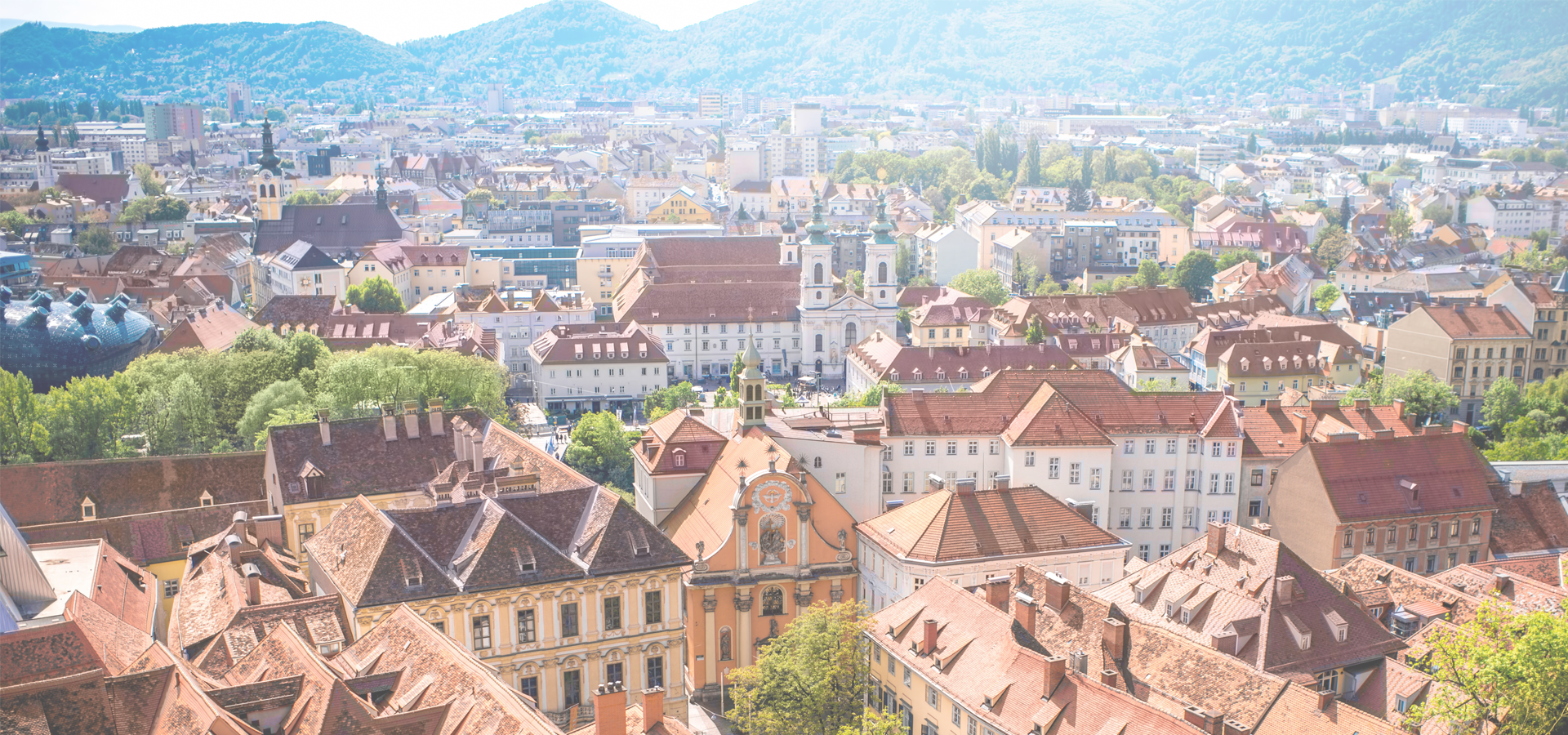Judenburg, Styria, Austria
🇦🇹 Judenburg is a historic town in Styria, Austria. It is the administrative centre of the Murtal district, which was created from the former Judenburg District and former Knittelfeld District.
On 1 January 2015, the adjoining municipalities of Oberweg and Reifling were merged into Judenburg.
Geography It is located in the Upper Styrian region, on the western end of the Aichfeld basin, stretching along the Mur River from Judenburg down to Knittelfeld in the east. The broad valley is bound by the Niedere Tauern range in the north and the Noric Alps (Lavanttal Alps) in the south.
The municipal area also comprises the cadastral communities of Tiefenbach and Waltersdorf, a former municipality incorporated in 1963.
The municipal area includes the following ten villages: • Auerling; • Feeberg; • Gasselsdorf; • Judenburg; • Oberweg; • Ossach; • Reifling; • Ritzersdorf; • Strettweg; • Waltersdorf.
History Archaeological findings indicate that the area was settled at least since the days of the Celtic kingdom of Noricum. Judenburg itself was first mentioned in a 1074 staple right deed as mercatum Judinburch, a market town within the estates of Eppenstein Castle, the ancestral seat of the Bavarian Eppensteiner noble family, who ruled as Styrian margraves in the 11th century. The name literally means "Jews' Borough", referring to the town's origin as a trading outpost on the route from the Mur Valley across the Obdach Saddle mountain pass to Carinthia, in which Jews played an important role, being represented in the city's coat of arms.
Upon the extinction of the Eppensteiner dynasty in 1122, the estates passed to the Styrian Otakars and in 1192 to the House of Babenberg, Dukes of Austria since 1156. Judenburg received town privileges in 1224 and the right to collect tolls in 1277. The town grew to an important commercial centre for iron ore mined at nearby Eisenerz, but also for valeriana celtica used in perfumes during the 13th and 14th century. Judenburg was even granted a valeriana trade monopoly by the Habsburg emperor Frederick III in 1460. After several pogroms, all Jews were expelled from the Duchy of Styria by order of Emperor Maximilian I in 1496. Following his breakthrough in Italy, General Napoléon Bonaparte made his headquarters at Judenburg and it was there, on the night of 7–8 April 1796, that he signed the Truce of Judenburg with the Austrians.
In the beginning of the 20th century, the town was one of the centres of Austria-Hungary's steel industry and also a garrison town of the Austro-Hungarian Army. From 1910 to 1914 one of the first trolleybusses in Austria connected Judenburg station with the town's centre. Today, little remains of the former industry, but Judenburg remains an industrial and trade centre. In May 1918, the town was the site of a failed military mutiny.
In 1938, with the annexation of Austria by Nazi Germany, Judenburg became part of the Third Reich. Due to the presence of the word Jude ("Jew") in the town's name, a number of possible new names were suggested, including Zirbenstadt (after Zirbe, the German name for the Swiss pine tree) and Adolfsburg (in honour of Adolf Hitler). However, the planned renaming was indefinitely postponed after the outbreak of war and ultimately never happened.
During the Second World War, a subcamp of Mauthausen concentration camp was located nearby, where a displaced persons' reception centre was established after the war. Judenburg was also one of several towns that saw the handover of Cossacks to the Red Army.
Europe/Vienna/Styria

Judenburg has a population of over 9,435 people. Judenburg also forms the centre of the wider Murtal District which has a population of over 74,080 people. Judenburg is situated 85 km north-west of Graz.
Twin Towns, Sister Cities Judenburg has links with:
🇪🇸 Altea, Spain 🇫🇮 Asikkala, Finland 🇩🇪 Bad Kötzting, Germany 🇮🇹 Bellagio, Italy 🇮🇪 Bundoran, Ireland 🇵🇱 Chojna, Poland 🇫🇷 Granville, France 🇩🇰 Holstebro, Denmark 🇧🇪 Houffalize, Belgium 🇫🇮 Karkkila, Finland, until 2016 🇭🇺 Kőszeg, Hungary 🇲🇹 Marsaskala, Malta 🇳🇱 Meerssen, Netherlands 🇱🇺 Niederanven, Luxembourg 🇸🇪 Oxelösund, Sweden 🇬🇷 Preveza, Greece 🇱🇹 Prienai, Lithuania 🇱🇹 Rokiškis, Lithuania 🇵🇹 Sesimbra, Portugal 🏴 Sherborne, England 🇱🇻 Sigulda, Latvia 🇷🇴 Siret, Romania 🇸🇮 Škofja Loka, Slovenia 🇨🇿 Sušice, Czech Republic 🇧🇬 Tryavna, Bulgaria 🇪🇪 Türi, Estonia 🇸🇰 Zvolen, Slovak Republic🇨🇭 Biel/Bienne 47.133
🇵🇱 Kamień Pomorski 14.767
🇮🇹 Campobasso 14.657
🇩🇪 Frankfurt (Oder) 14.551
🇨🇿 Česká Lípa 14.533
🇳🇦 Swakopmund 14.533
Locations Near: Judenburg 14.6616,47.1668
🇦🇹 Leoben 15.095,47.38 d: 40.4
🇦🇹 Styria 15.167,47.25 d: 39.3
🇦🇹 Klagenfurt 14.308,46.624 d: 66.1
🇦🇹 Deutschlandsberg 15.2,46.8 d: 57.7
🇦🇹 Bruck an der Mur 15.267,47.417 d: 53.4
🇦🇹 Steyr 14.417,48.033 d: 98.1
Antipodal to: Judenburg -165.338,-47.167
🇹🇴 Nuku'alofa -175.216,-21.136 d: 16987
🇦🇸 Pago Pago -170.701,-14.279 d: 16324.5
🇵🇫 Papeete -149.566,-17.537 d: 16418.4
🇼🇸 Apia -171.76,-13.833 d: 16260.8
🇺🇸 Hilo -155.089,19.725 d: 12506.5
🇺🇸 Maui -156.446,20.72 d: 12413.9
🇺🇸 Maui County -156.617,20.868 d: 12399.6
🇺🇸 Wailuku -156.505,20.894 d: 12395.4